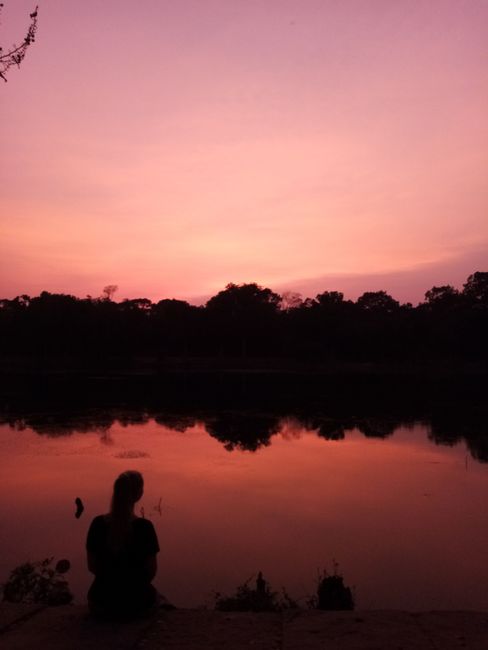31. Stop Siem Reap, Cambodia
פֿאַרעפֿנטלעכט: 15.03.2020
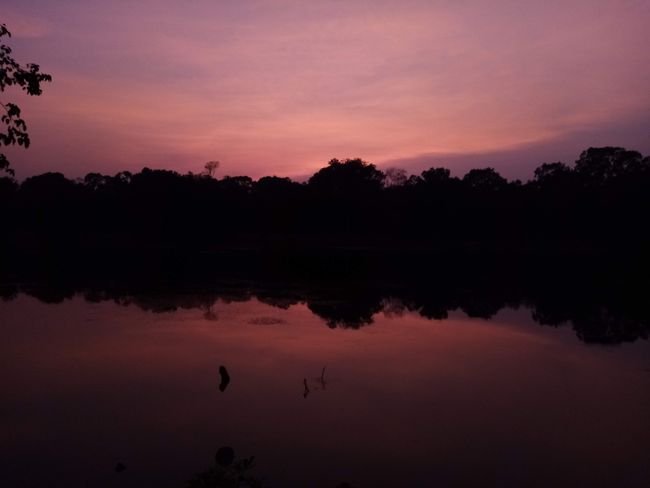

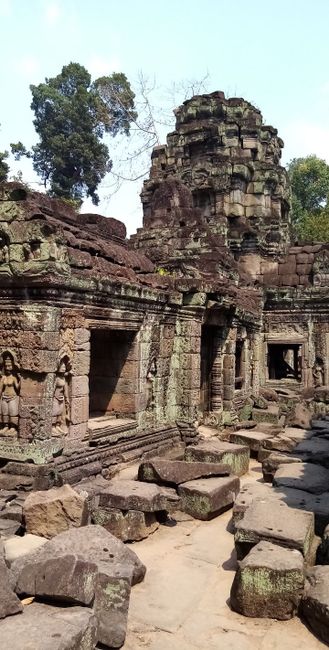
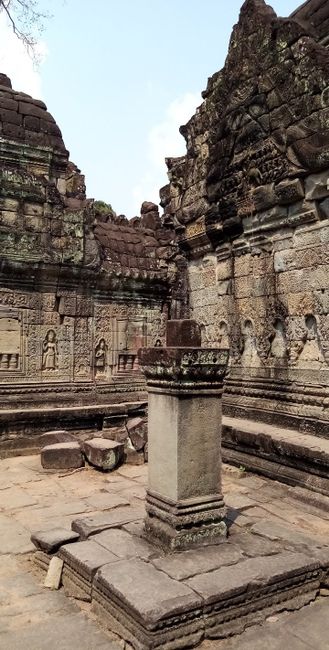
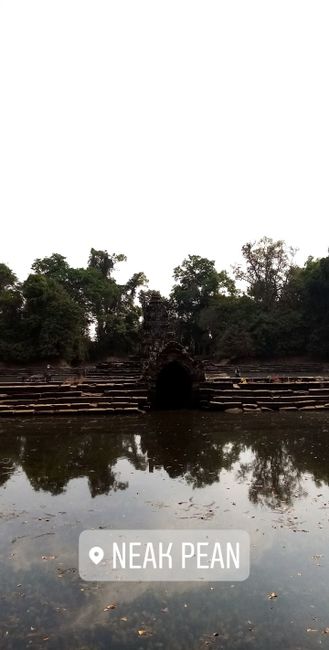
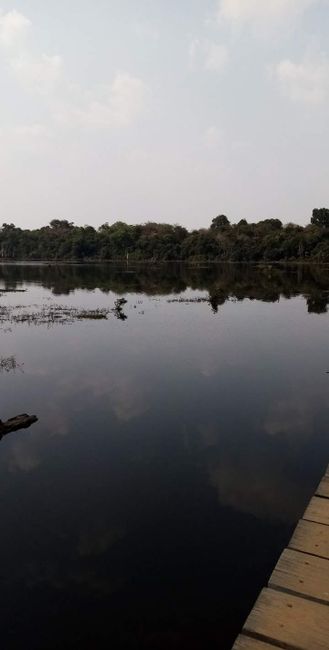
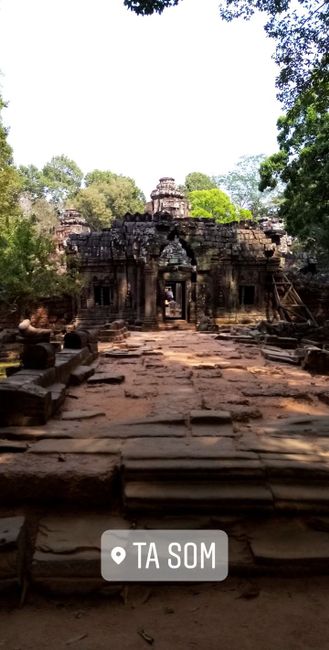
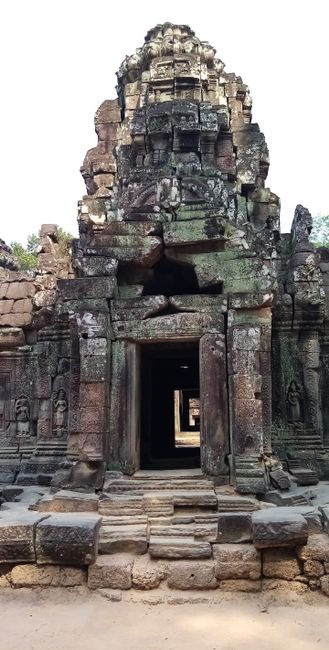
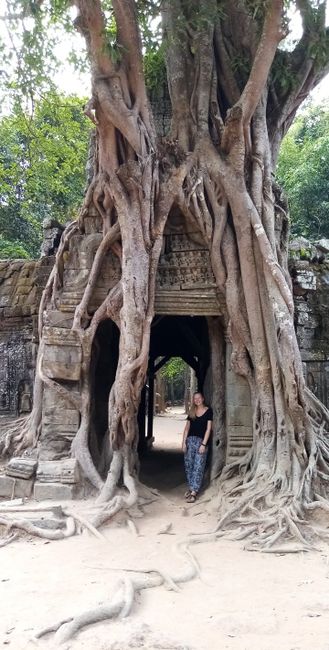
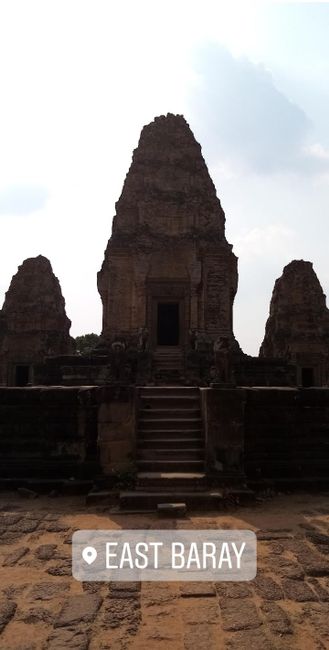
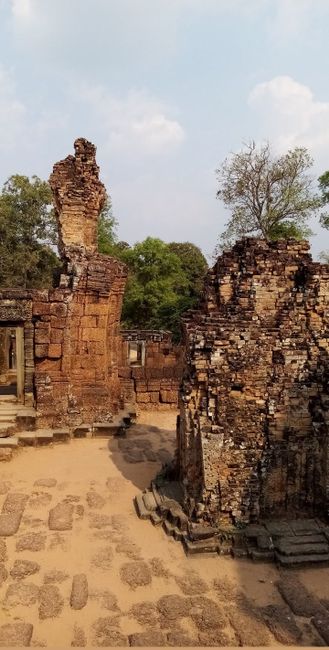
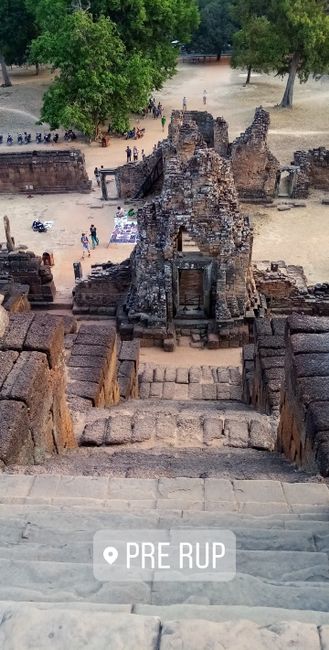
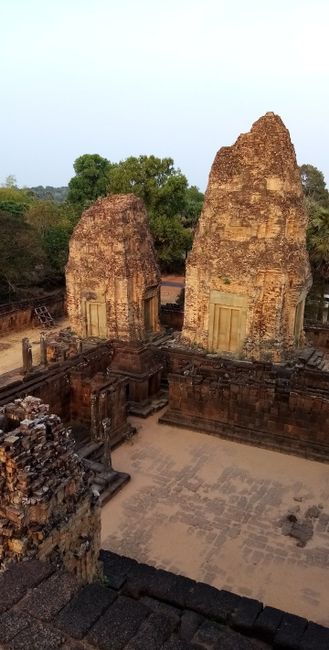
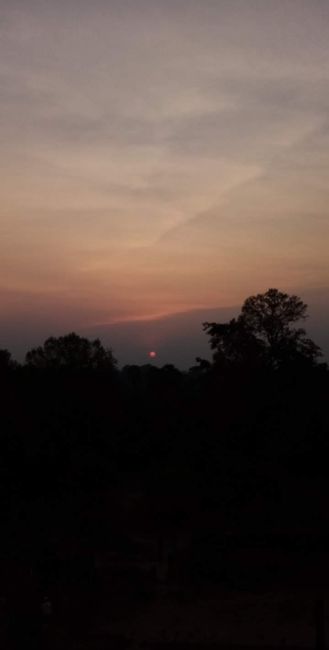
The next morning, even though I had taken a long nap the day before and went to bed early in the evening, I woke up at 10:30 am.
Angkor is a region in Cambodia that was the center of the kingdom until the 15th century. Angkor became world famous for its approximately 1,000 visible temples and sanctuaries. Each temple has something special, so it was difficult for me to decide which temples I should actually visit. My hostel offered a sunset tour, which I ultimately decided to participate in.
After breakfast, I got ready and waited for my tuk-tuk. With 3 other travelers, we started our journey to the first temple at 12:30 pm. We didn't have a guide that day, only the tuk-tuk driver who took us from temple to temple.
We started at the Preah Khan temple. In German, the name can be translated as 'holy sword'. The name dates back to the 13th century when the temple was the center of the Angkor region. A great battle took place here, in which Angkor emerged victorious. The temple complex is very large, and to my surprise, a lot of it is destroyed (later I realized that this is normal). In the 20th century, restoration work on the temple complexes began. However, since many structures were made of wood, they had naturally disappeared without a trace and could not be restored. So, it was difficult for me to imagine what it looked like in the past.
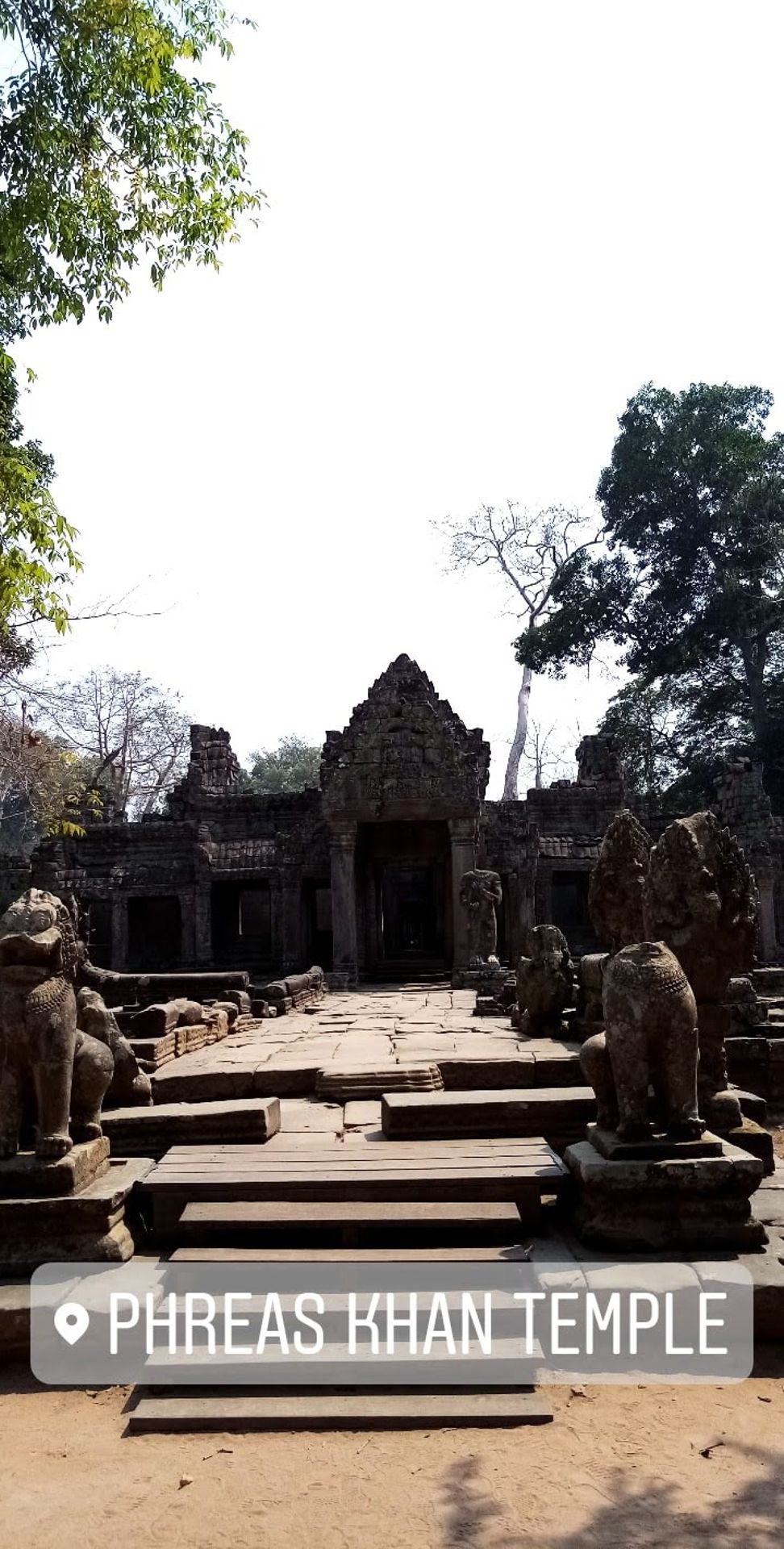
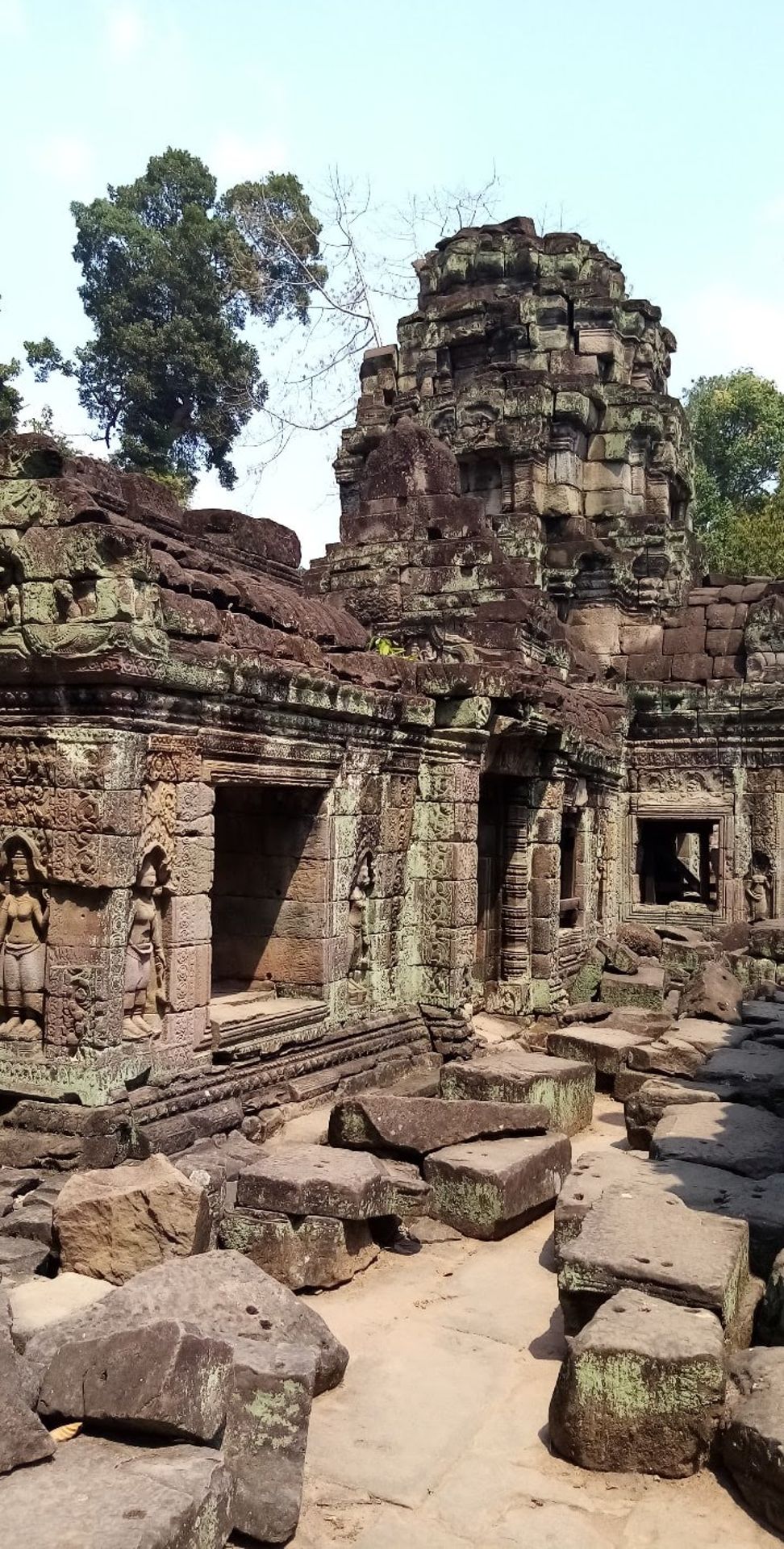
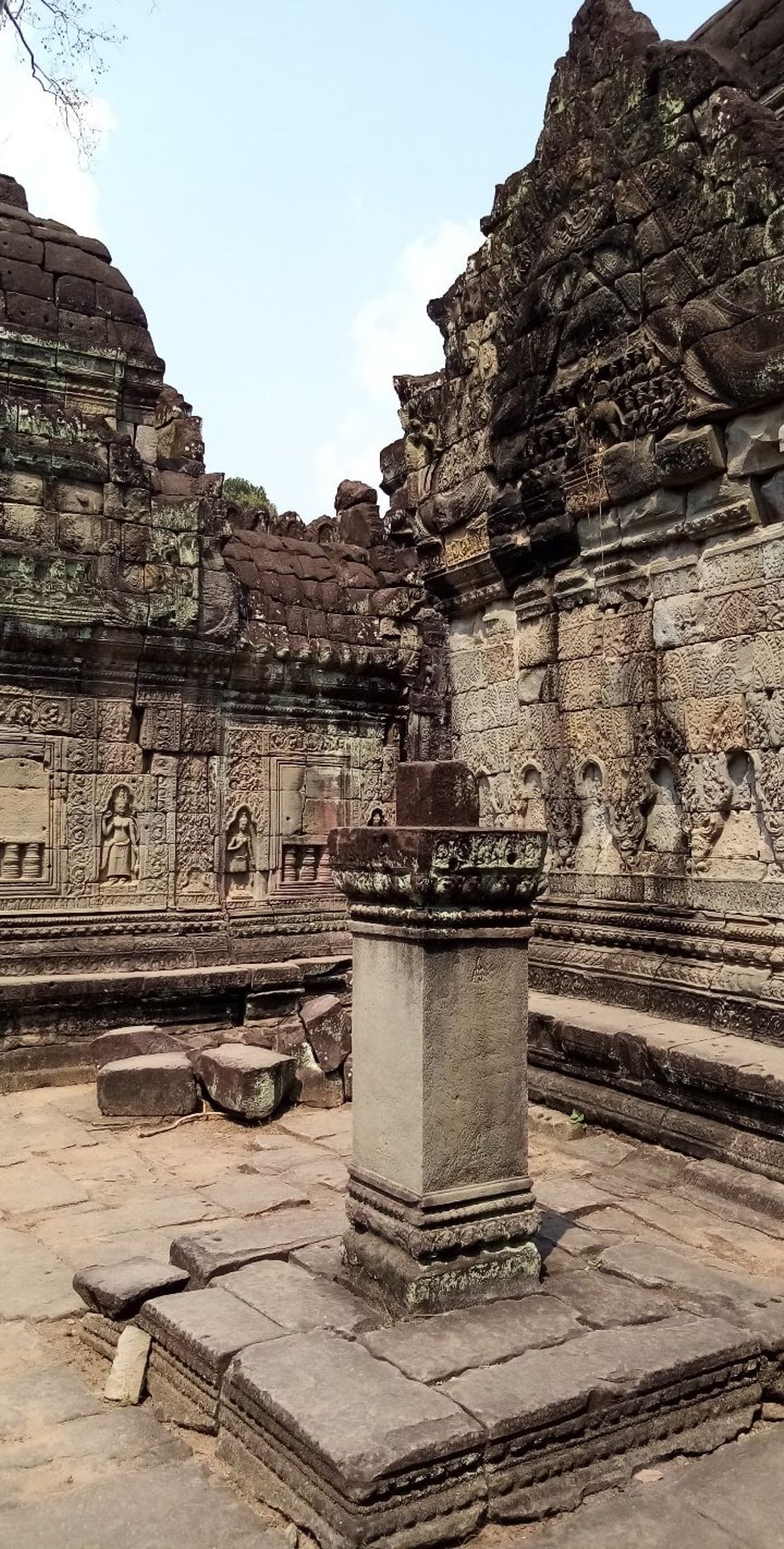
Afterwards, we went to the Neak Pean temple. The temple itself didn't convince me, but it's located on an artificially created island and can be reached via a wooden bridge, which gives it a special charm. Inside the temple, there are 5 artificial wooden basins, which is why the place is considered a Hindu healing site.
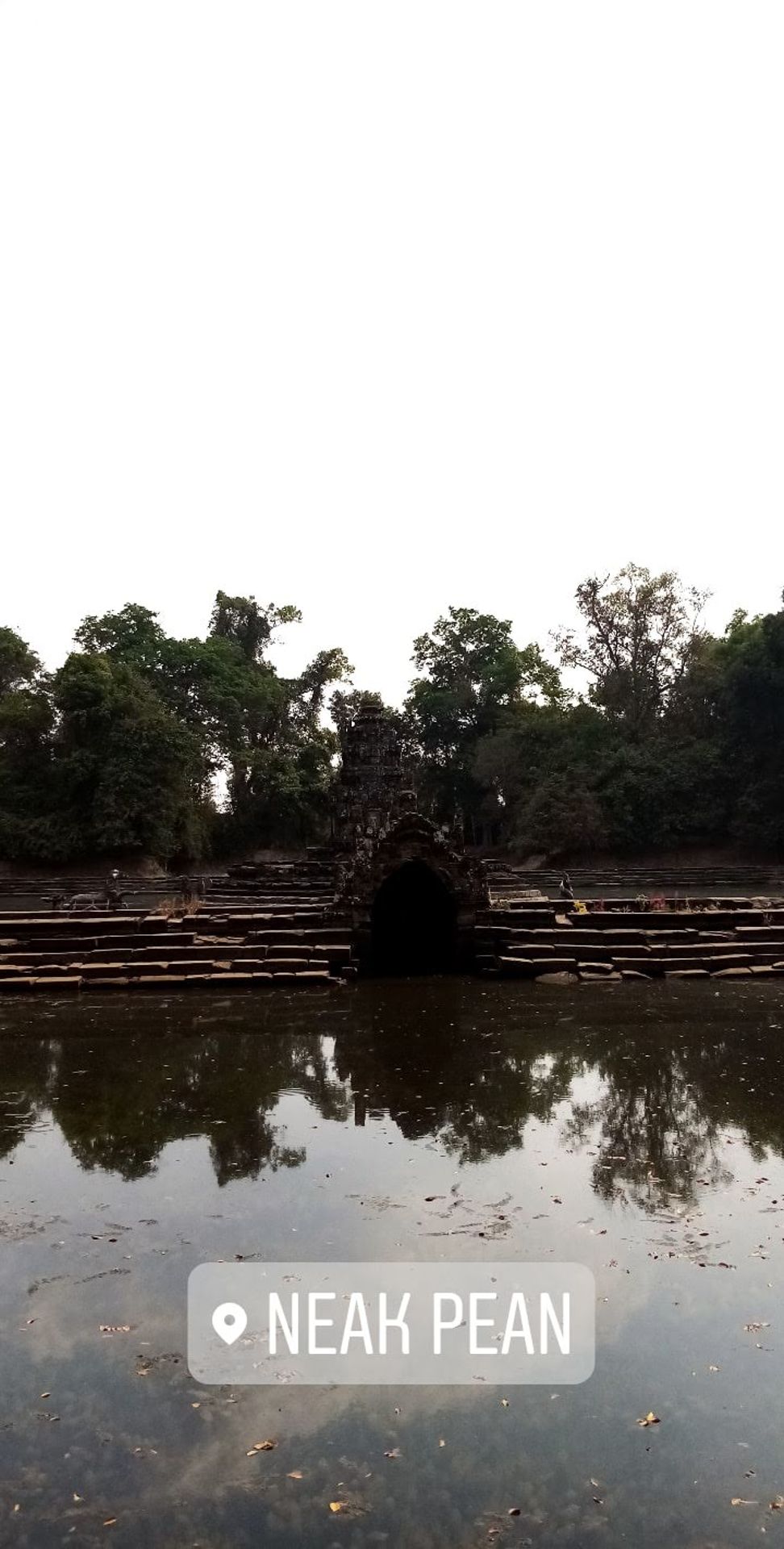
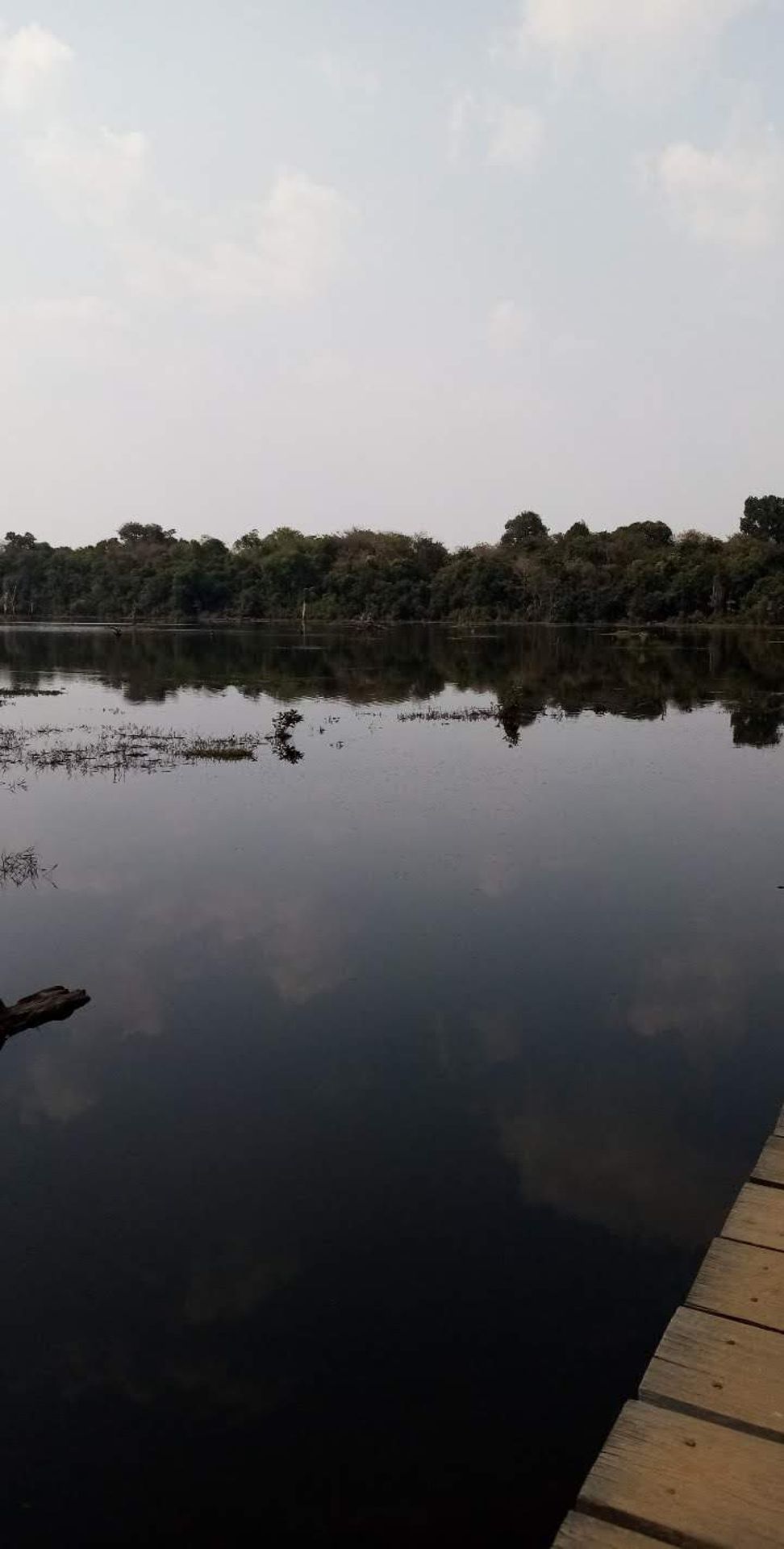
Next, we visited the comparatively small Ta Som temple. The center is a collapsed palace. Despite its size, the temple had a central significance, allegedly sacred scripts, documents, and ritual objects were stored here. Nature has taken over the back side of the temple, a tree has spread over an arch and entwines the complex.

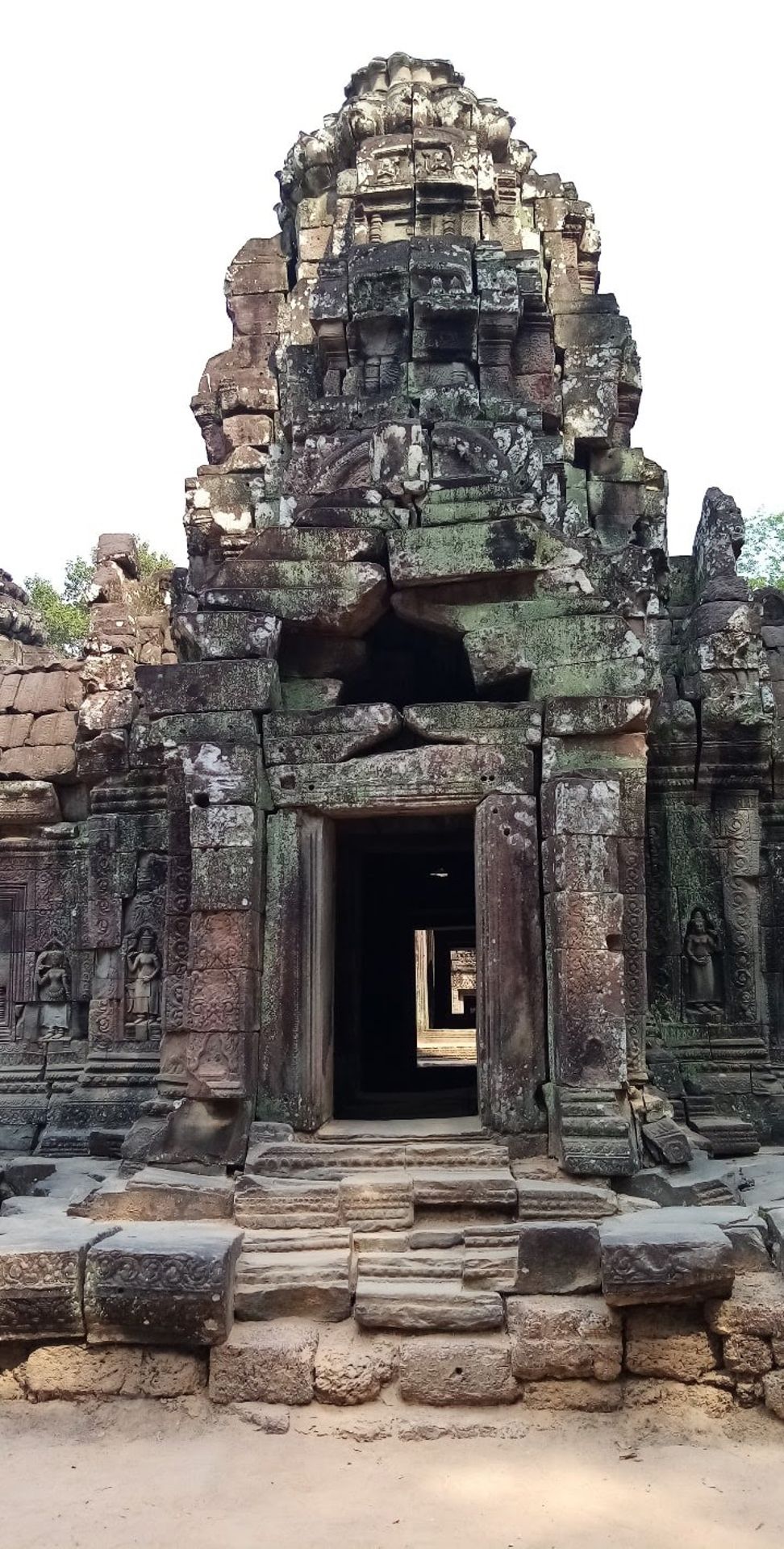
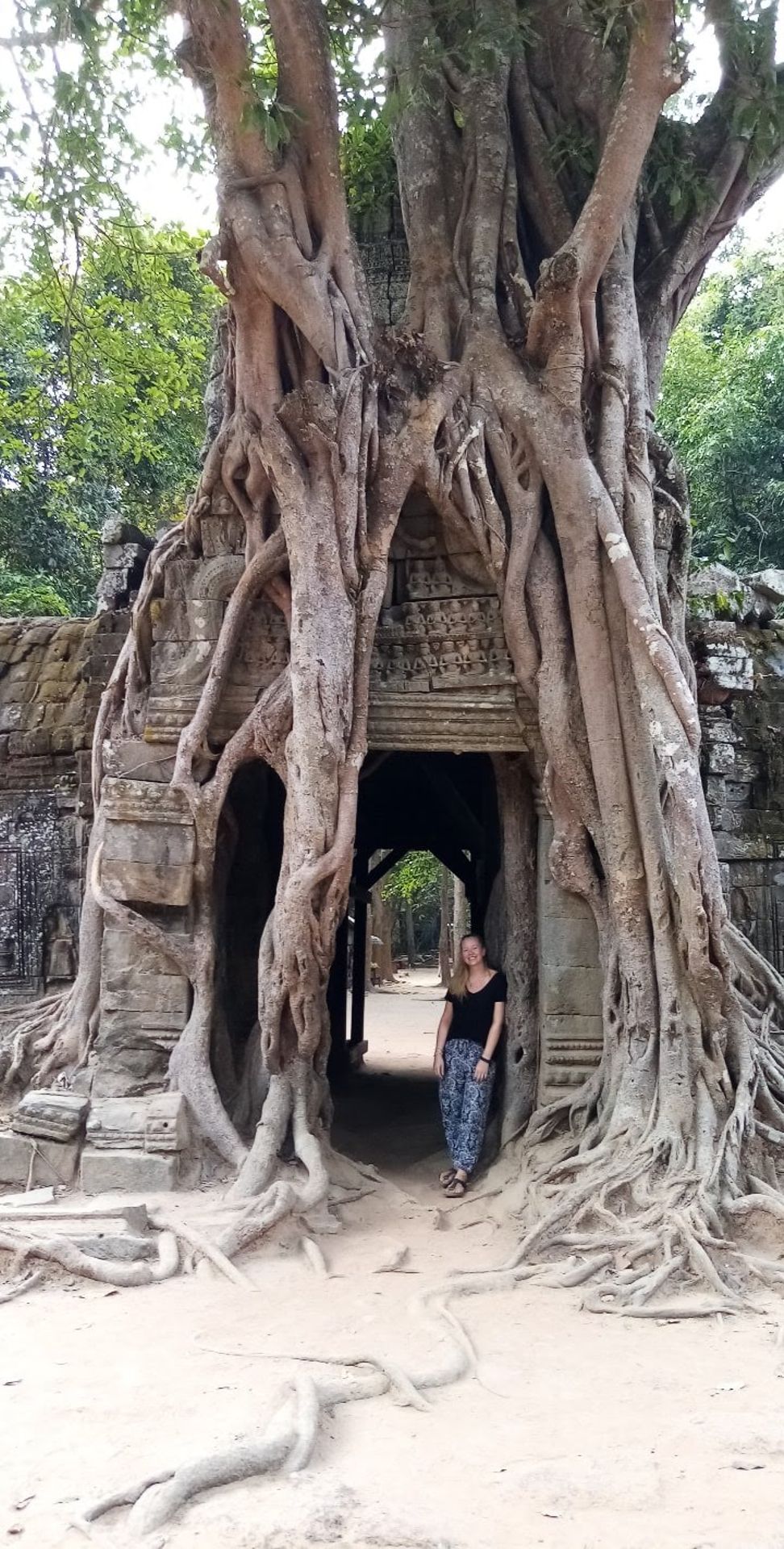
In the eastern part of the Baray River, the East Mebon temple was built in the 10th century by order of the king. Nowadays, the river is dry, and the temple is surrounded by rice fields. Compared to the others, this temple was clearly in the center with a wall around it. Individual figures and towers also differ, and the stones used are extremely small, making everything fragile and precise at the same time.


We wanted to watch the sunset from the highest temple in the area: Pre Rup. It is one of the largest in the area, and steep steps lead up to the center. The outer wall consists of many tall towers, and here again the small processed stones stand out. Many see this temple as the small Angkor Wat because the architecture is reminiscent of it. Unfortunately, the sunset itself was not as spectacular as we had imagined, so we left the complex when we could no longer see the sun.
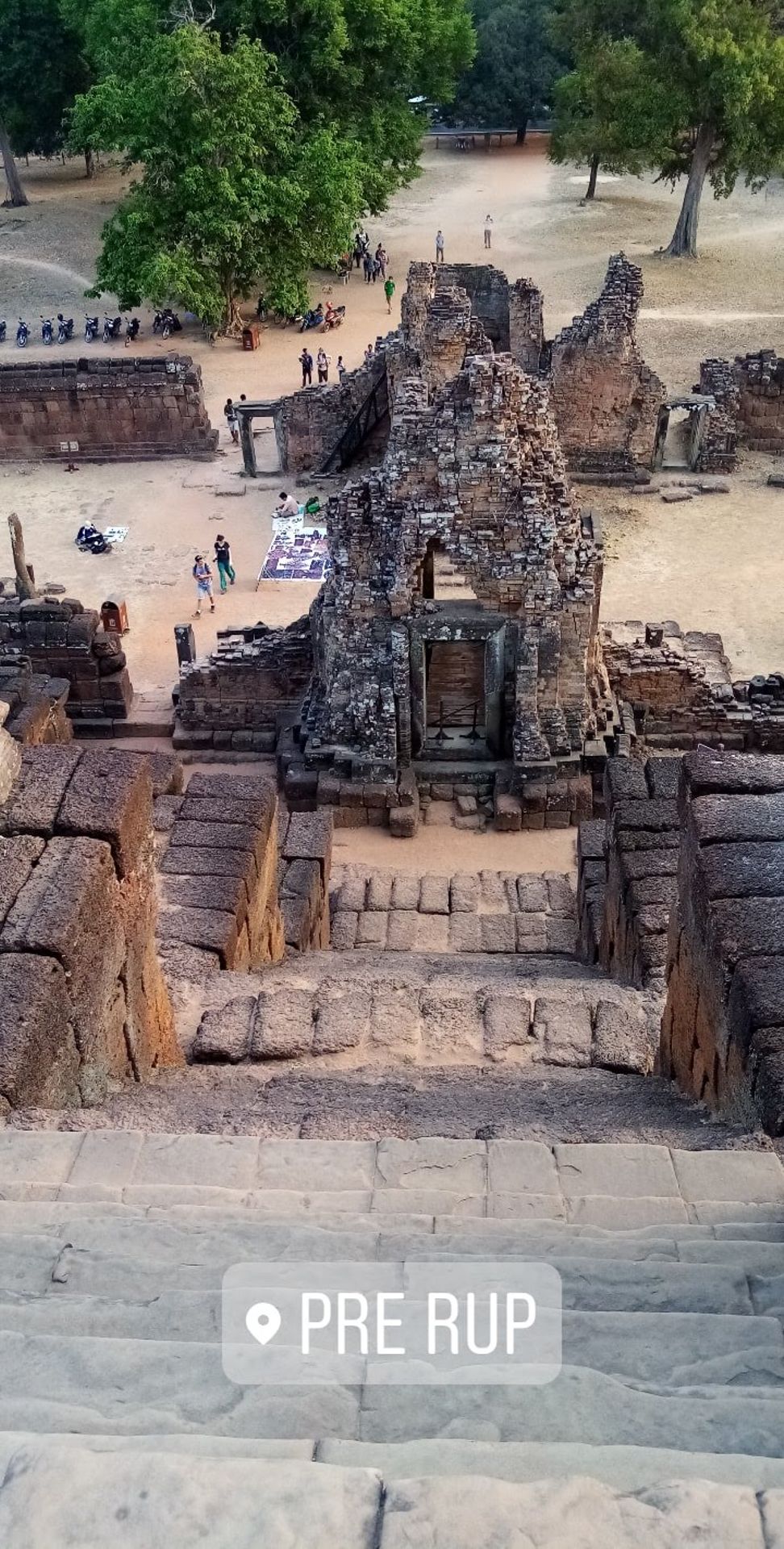
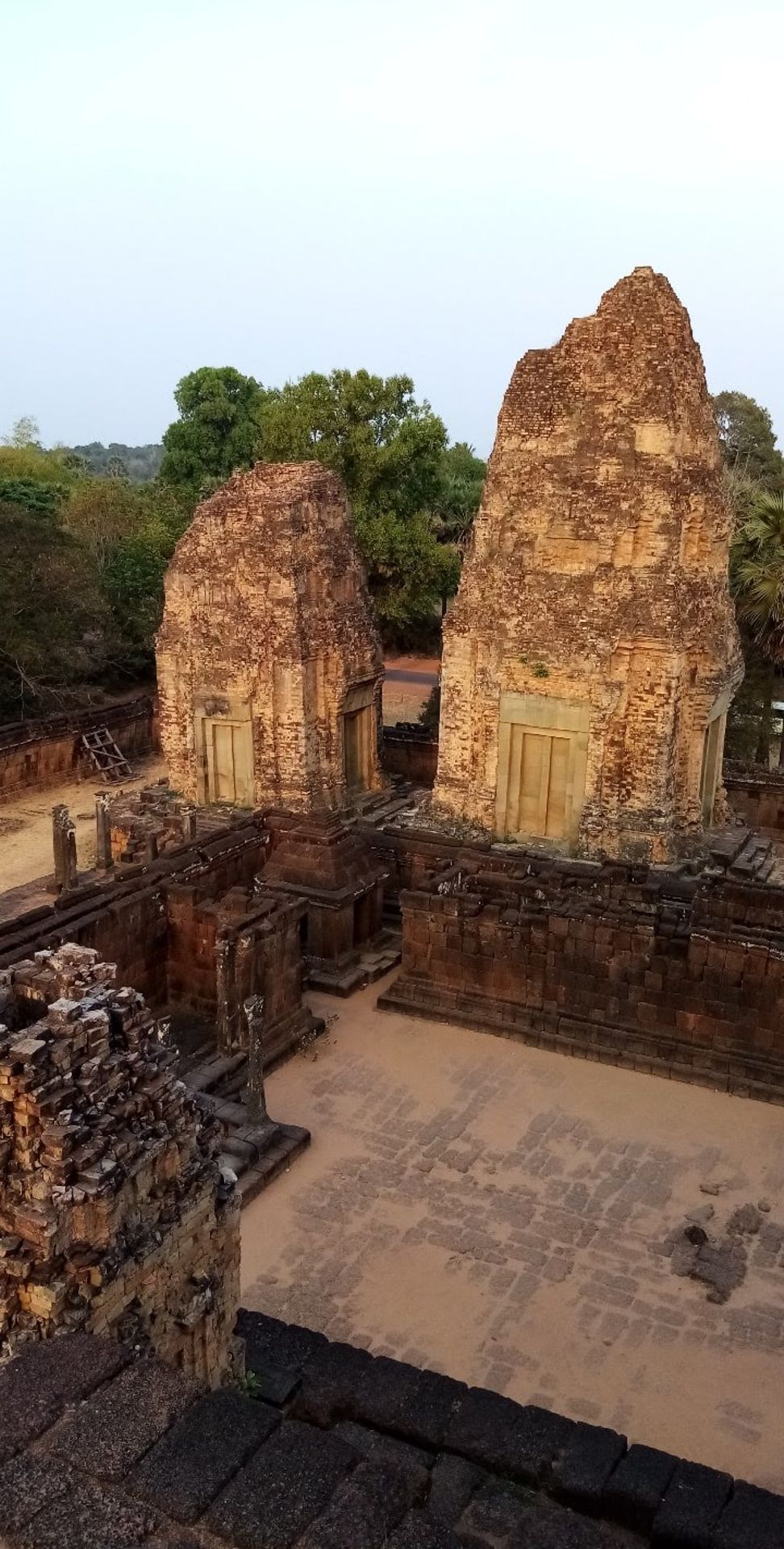
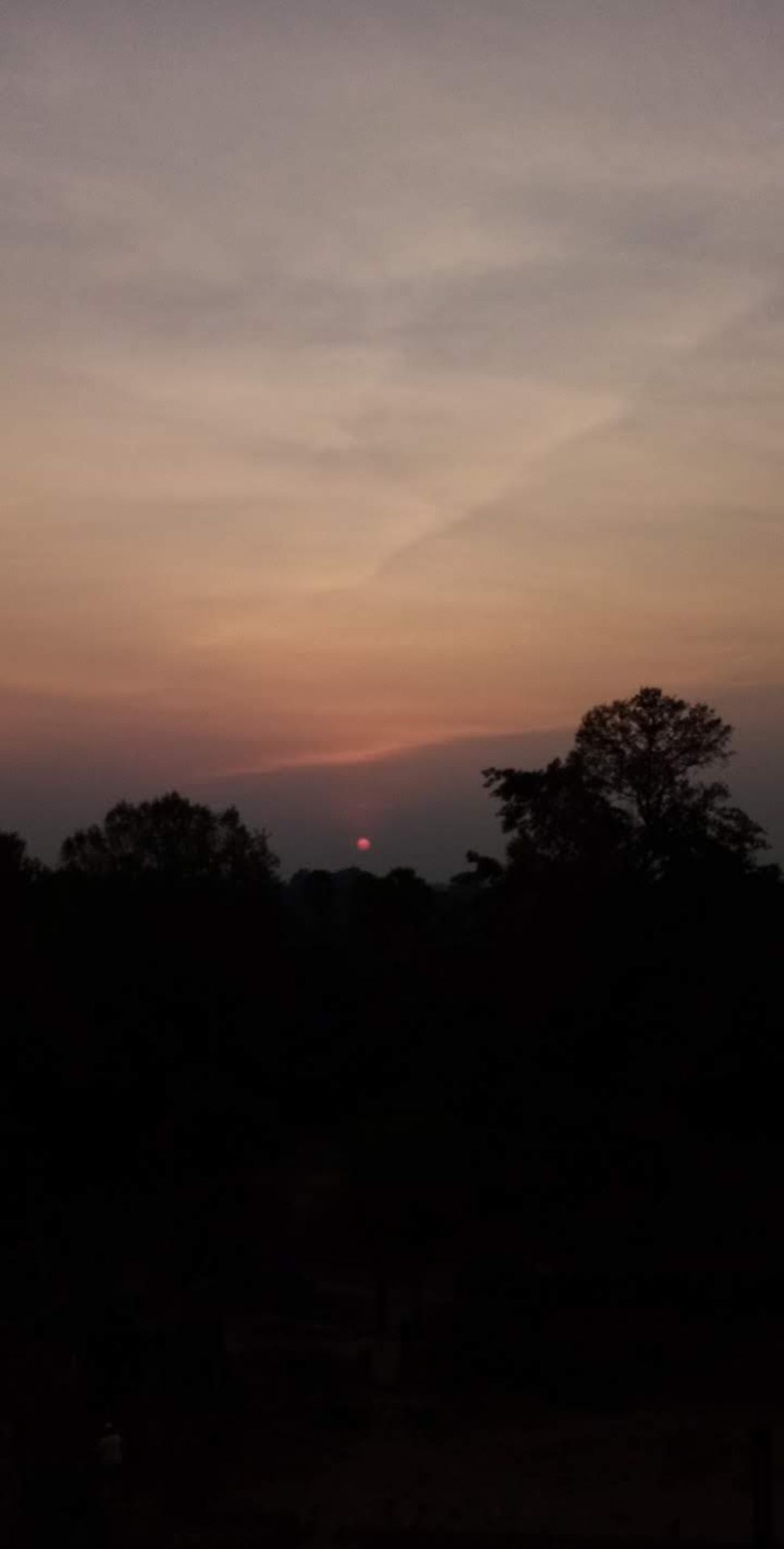
On the way back to the hostel, the sky changed into a sensational display of colors, so we asked our driver to stop. Fortunately, this happened right next to a lake, so the sky was also reflected in the water. I have never seen such a unique sunset in my whole life.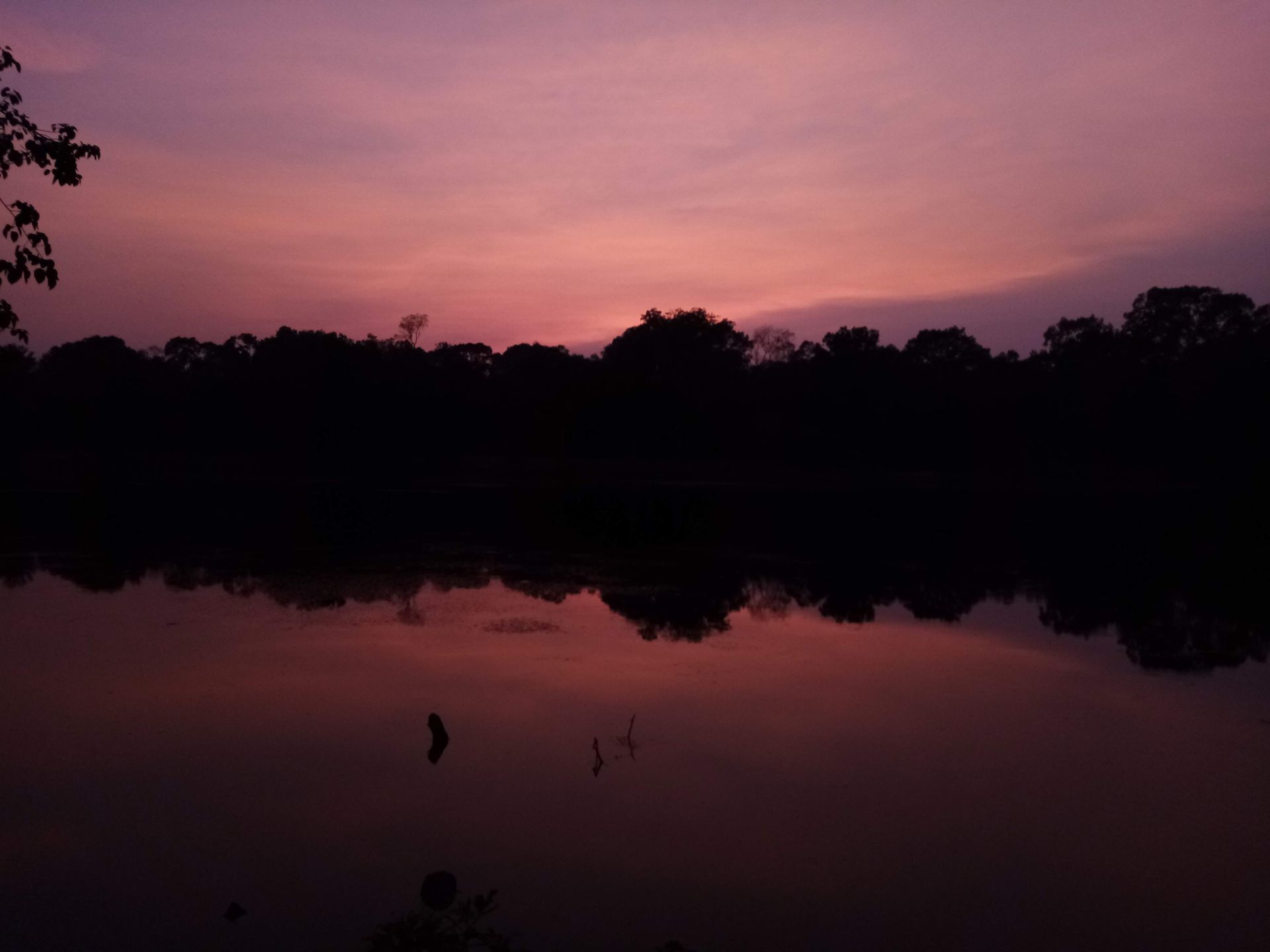
After taking enough photos, we drove back towards the hostel. After dinner, we went to bed early because the upcoming night was going to be short.
ענטפער
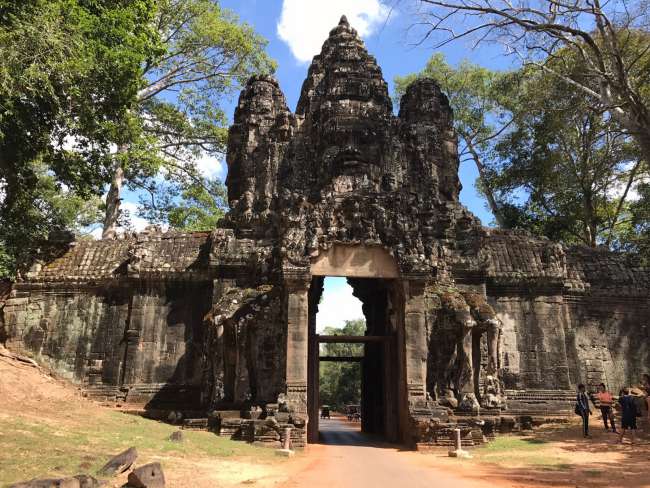
רייזע ריפּאָרץ קאַמבאָדיאַ

